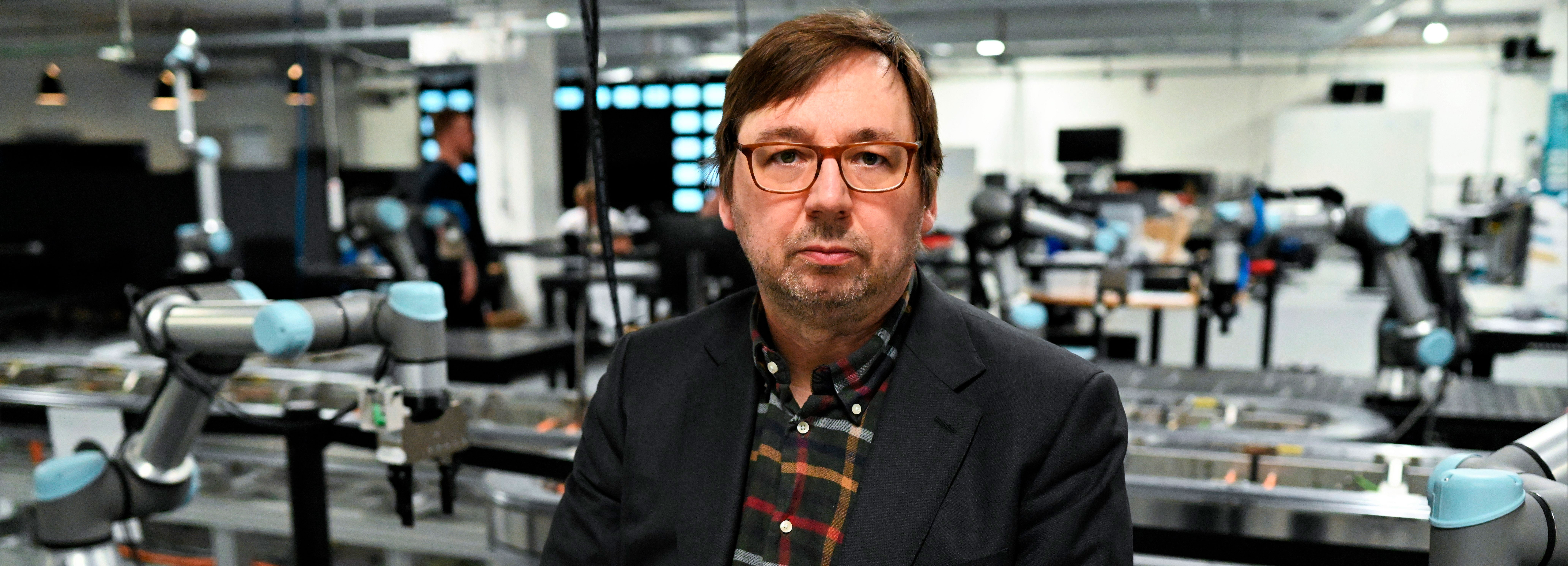
Database project at SDU is a potential gamechanger in robotics
If you could reuse robot data, it would be much easier to improve existing or set up new robot solutions. This has been the aim of the ReRoPro project. Here are six questions for Professor Norbert Krüger, head of the project.
It sounds simple. A robot database could save time, money, and allow for smaller-scale productions to use robots.
So, why don’t we just make one?
Because, unfortunately, it is everything but simple. Finding a way to overcome thsee challenges, however, is exactly what the ReRoPro project is all about.
It is a collaborative project between University of Southern Denmark, University of Copenhagen, and University of Aalborg with the companies Rockwool, Novo Nordisk, Nordbo Robotics and WellTec as partners aiming to establish a robot database. Now the first and exploratory phase of the project is over, and the researchers are applying for funding to continue their work.
Here, Professor Norbert Krüger from SDU Robotics explains why it is worth paying attention to.
Okay, Norbert, what is ReRoPro about?
It is about reusing robot data to improve production processes, but also to find new robot solutions in shorter timer. That is a big problem, in particular for SMEs (Small and Medium sized Enterprises, ed.): It takes a lot of time to establish an assembly solution. You always need to start from scratch. But if you could make efficient use of data from earlier robot solutions, you could set up new solutions faster and cheaper. The problem is that this data is in the head of people. It is not digitalized. Until now.
Basically, you want to make a search tool in a . Some kind of ‘Robot Google’?
Yes. The idea is that when you have a certain task that you want to automate, you can type in some keywords and the information from earlier similar productions is displayed to you. Right now, there are no established structures for the reuse of data within robotics, not even within companies.
Why is that?
Because robot data is complex. In other fields, like computer vision, big databases and neural networks are very successful, because the data is homogenous. It’s images, for instance. But within robotics you have all sorts of different data; you have images, trajectories, force vectors, information on different materials, CAD-files, and so on.
This is one of the challenges. But we also need to make an interface that is intuitive so that it is easy to sort out the information you need from the information you do not need. Another challenge is once you have the right data, how do you reuse it for your specific task?
Could you say that is a problem for robotics as a whole? There is no standardized way of organizing data?
Yes.
But do companies really want to share their robot data in a huge database that other companies, competitors as well, have access to?
That is yet another challenge. It is kind of contradictory. One the one hand, the more data that is available in the database, the more powerful it would be and the more use of it companies would have. But, on the hand, it is valuable and sensitive knowledge for the companies and obviously, they are reluctant to make that accessible.
There are different ways to go about that. One solution could be that we only develop a database structure that can be used by companies to reuse data within their own organization. Alternatively, we could make a system where the sensitive details are hidden, but where the data is still valuable for others.
What’s next for the project?
Now – after the ReRoPro project has ended – we have a better understanding of the problem. We have inputs from international experts and from companies. The next step is to apply for funding for establishing software structures that allow for the reuse of data. I am optimistic that one year within the project, we will have something ready that would already be of value to the companies, and then we could build on that.